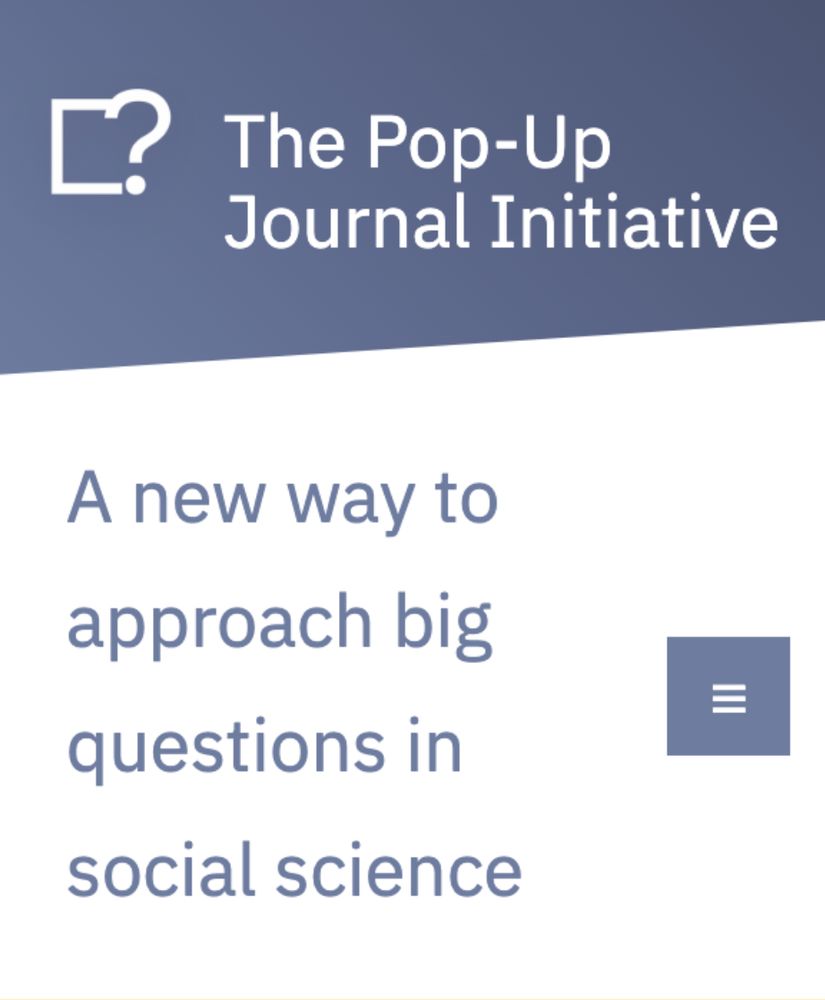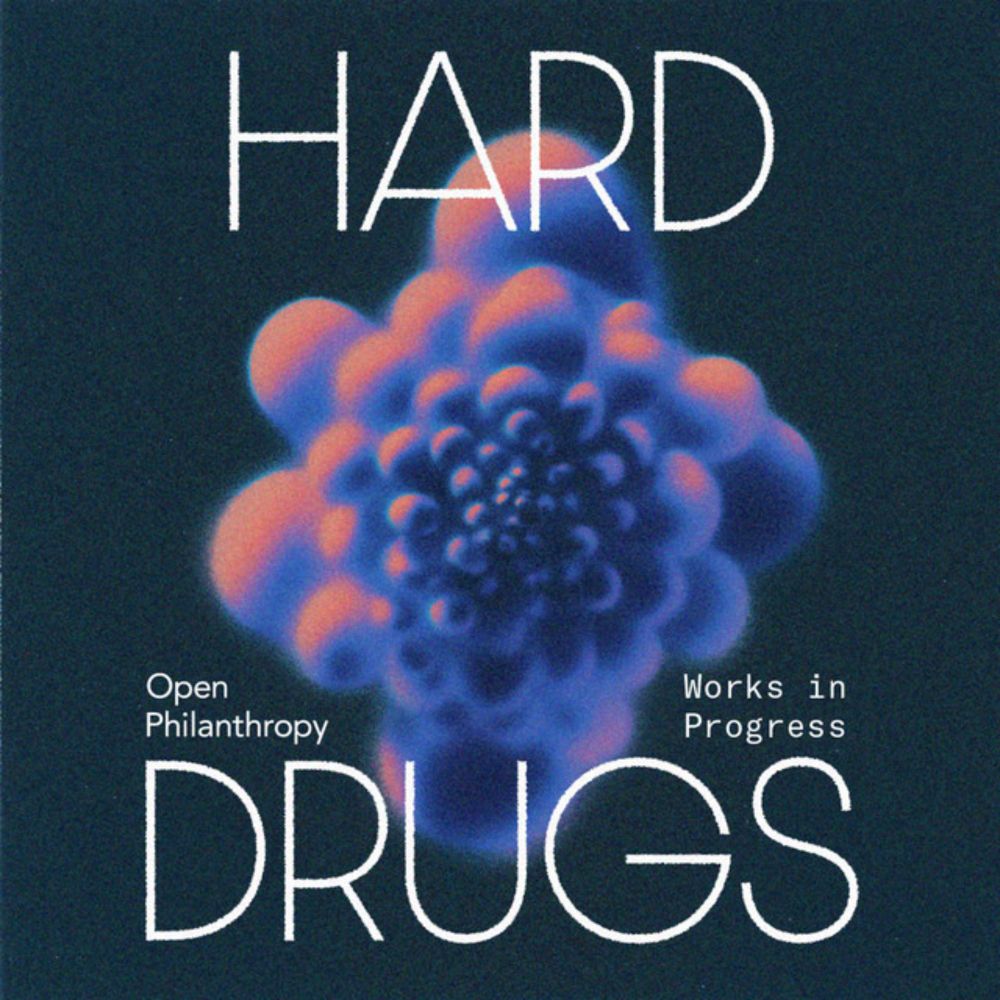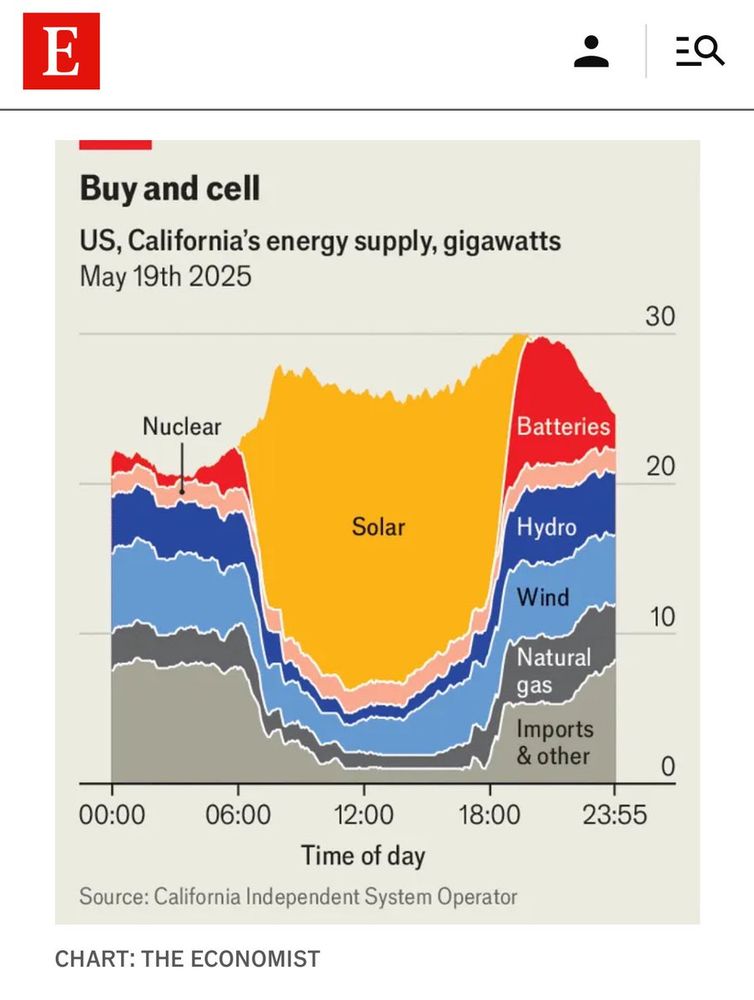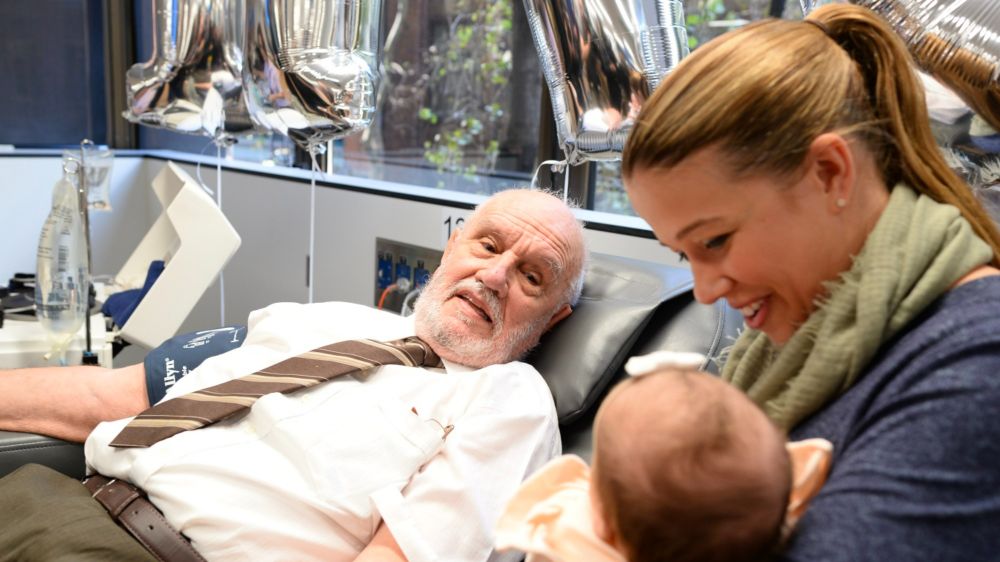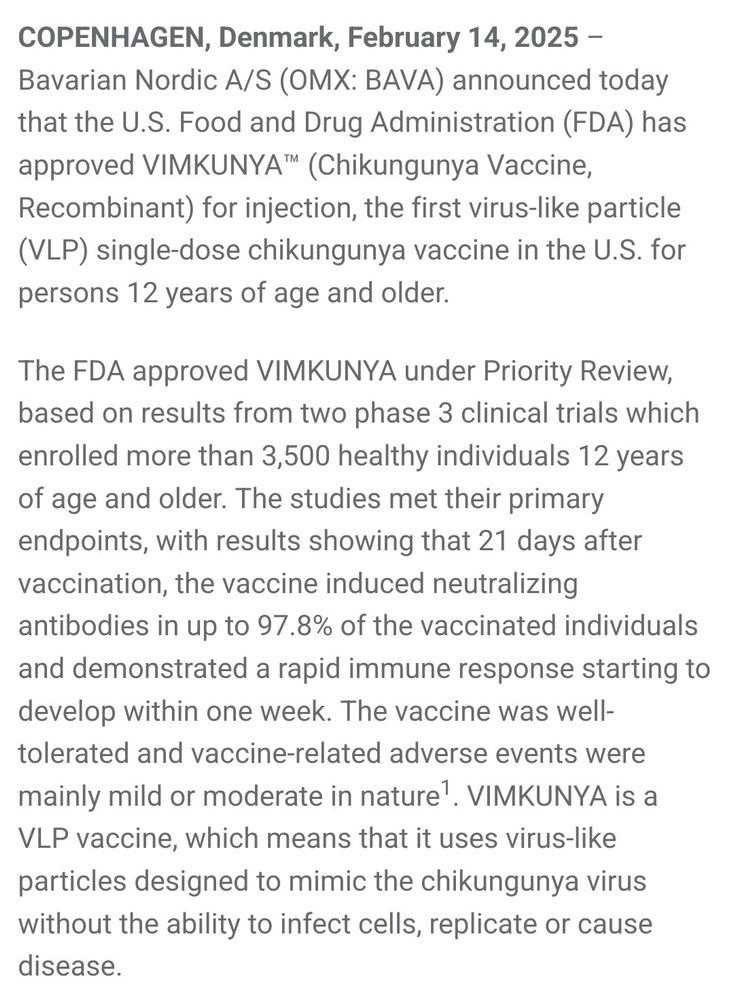Posts
Media
Videos
Starter Packs
Reposted by Alec Stapp
Reposted by Alec Stapp
Reposted by Alec Stapp
Reposted by Alec Stapp
Alec Stapp
@alecstapp.bsky.social
· Jul 27
Reposted by Alec Stapp
Reposted by Alec Stapp
Reposted by Alec Stapp
Reposted by Alec Stapp
Reposted by Alec Stapp
Reposted by Alec Stapp
Reposted by Alec Stapp
Reposted by Alec Stapp
Reposted by Alec Stapp
Tim Bresnahan
@timobres.bsky.social
· Jan 11
Alec Stapp
@alecstapp.bsky.social
· Dec 30




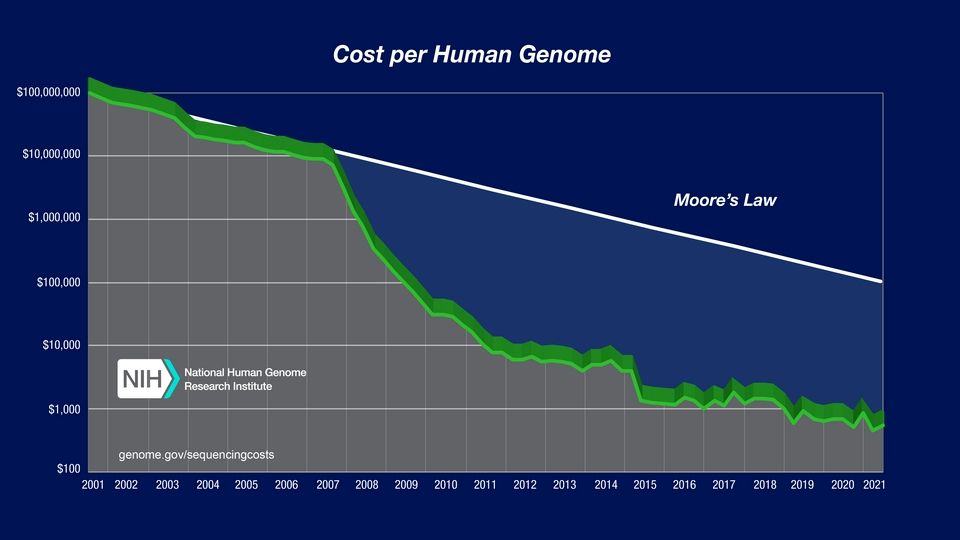
![The "$1,000 genome" catchphrase was first publicly recorded in December 2001 at a scientific retreat to discuss the future of biomedical research following publication of the first draft of the Human Genome Project (HGP), convened by the National Human Genome Research Institute at Airlie House in Virginia.[5] The phrase neatly highlighted the chasm between the actual cost of the Human Genome Project, estimated at $2.7 billion over a decade, and the benchmark for routine, affordable personal genome sequencing.
On 2 October 2002, Craig Venter introduced the opening session of GSAC (The Genome Sequencing and Analysis Conference) at the Hynes Convention Center in Boston: "The Future of Sequencing: Advancing Towards the $1,000 Genome." Speakers included George M. Church and executives from 454 Life Sciences, Solexa, U.S. Genomics, VisiGen and Amersham plc.[6][7] In 2003, Venter announced that his foundation would earmark $500,000 for a breakthrough leading to the $1,000 genome.[8] That sum was subsequently rolled into the Archon X Prize.
In October 2004, NHGRI introduced the first in a series of '$1,000 Genome' grants designed to advance "the development of breakthrough technologies that will enable a human-sized genome to be sequenced for $1,000 or less."[9]](https://cdn.bsky.app/img/feed_thumbnail/plain/did:plc:73aicoale2mqwrap63rdzwep/bafkreigcypk33xduk2wsfjyvwbnfzzb76p5m6jl3owhbb3ft32clwov37i@jpeg)
